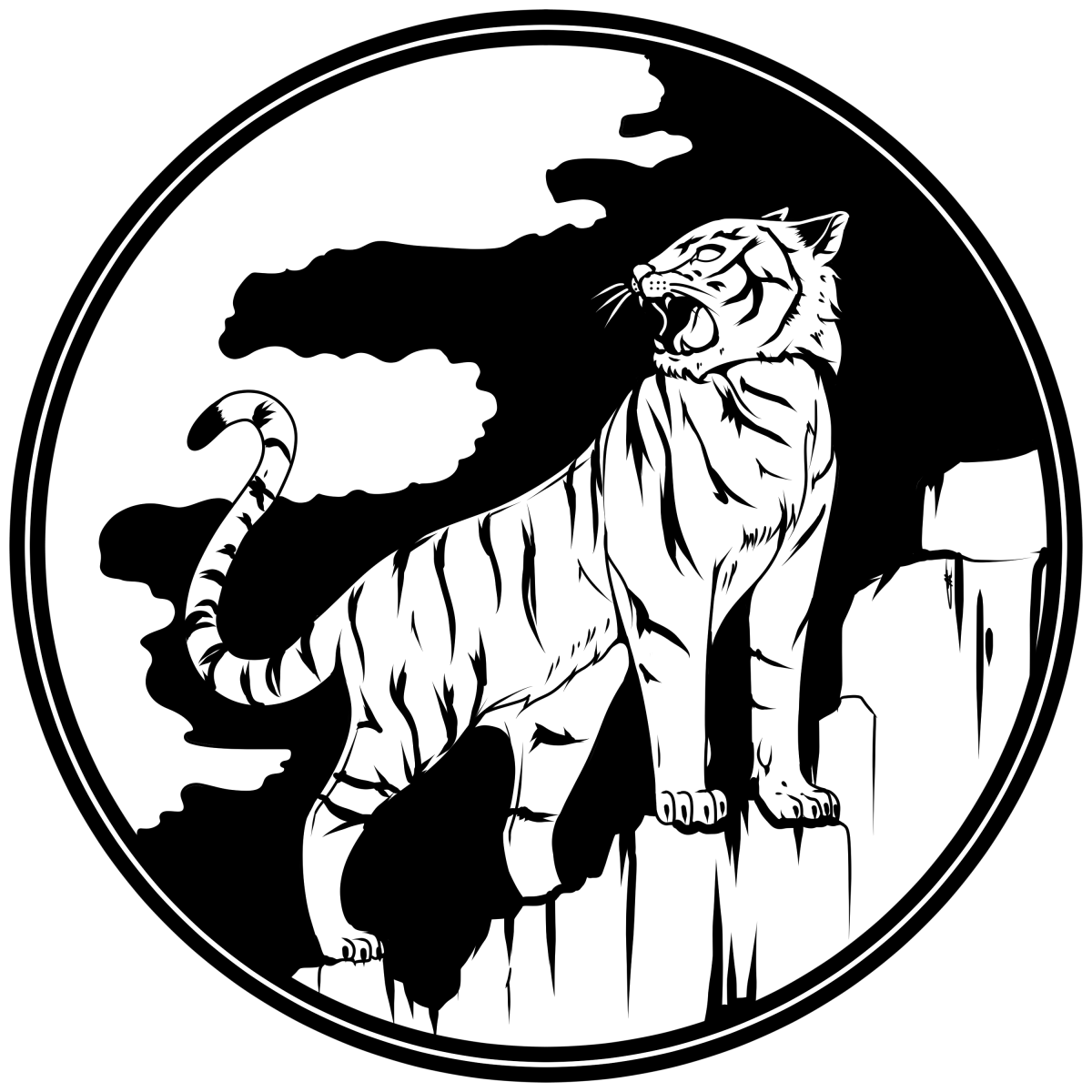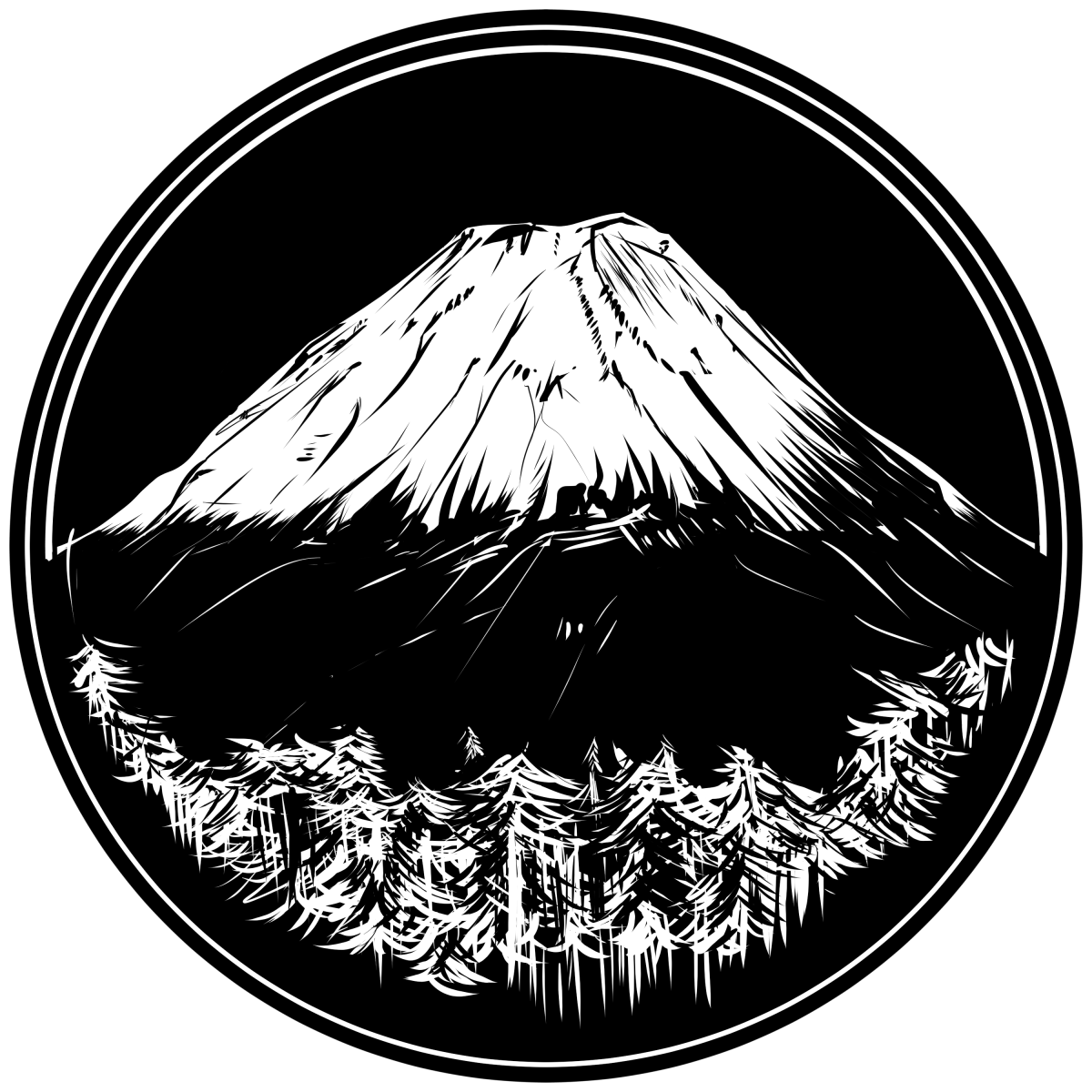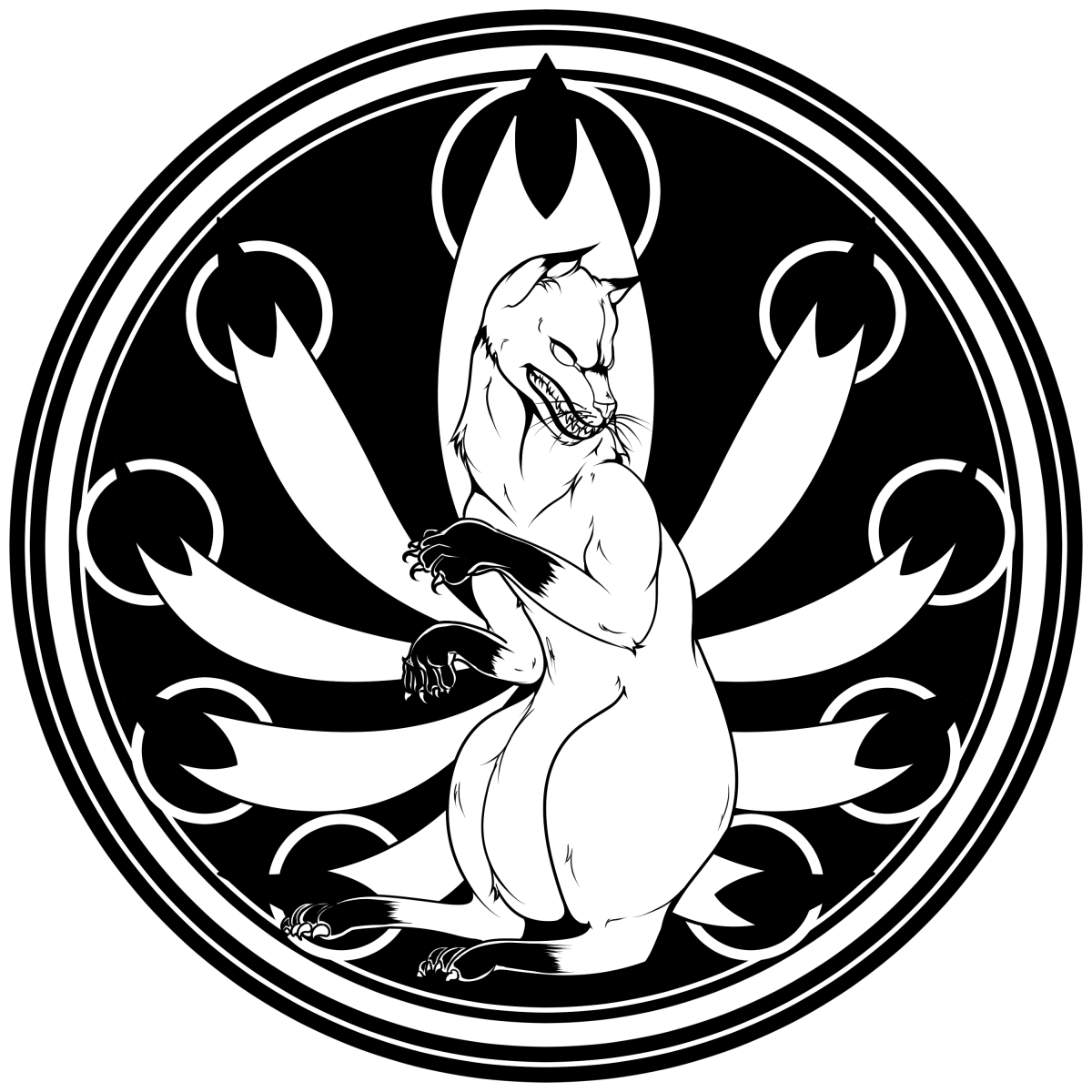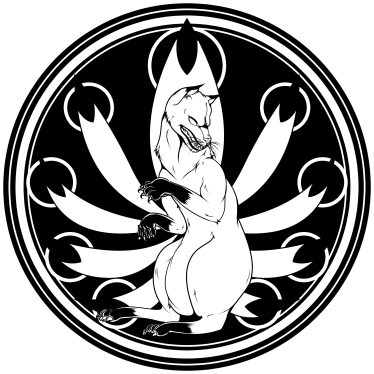Update 42: to the Kickstarter for Art of War
It has been a few months since an update was done. I haven’t published anything in over a year as I work on the Kickstarter. Still.
It’s been a bit trying at times, yet rewarding at others. Because of natural things, and no complaints here, the first editor could only finish a portion of the book. However, James has step into her shoes to fill in the rest of the editing. Pretty cool.Gives some lost hope back to the development system.
Good things are still on the way, just a year behind schedule. Art of War and Kui’s Journal are both about completed. I need to start plotting out the action card deck and work on the rest of the one-sheets. The Kickstarter goals are done, but I need to finish the assignments for others.
While doing a site update, it came to my attention that the company homepage went straight to nothing. Not sure how long that has been happening but I have rerouted it to the Facebook page in the meantime. Wonder how many people came looking for us but ended up on a dead page.
Let’s focus on some fun things. Back on this post I introduced the Terracotta. After some revision work and reconstruction (still pre-edit version) we have the official one below.
Terracotta
“You called me to remove the threat. Even if one is your son, there will be no mercy..”
– Broken Bowl
Spirits of ancestors that hold great reverence are entombed in sacred shrines, monasteries and lavish mausoleums. On rare occasions for reasons known and many unknown, a spirit has been chosen, blessed or cursed to return to the living, inhabiting a silhouette of dirt. When such an event happens through ritual, prayers answered by a divine, a spirit’s force of will, or because the Emperor deemed it so, a Terracotta is “born” from fairly large sized lump of clay and Chi.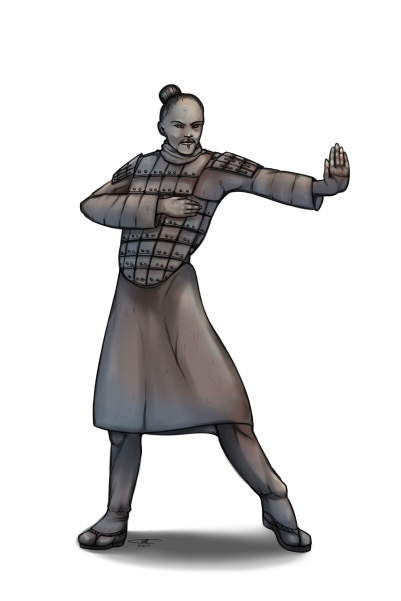
As willing spirit and Chi channel into the lifeless mass, the material molds into the mortal’s former likeness, transmuting clay into flesh. The spirit encases itself deep inside the living statue, acting as a spiritual anchor of Chi that allows the soul to manipulate the new body. Should this energy be released willingly or forced out, Terracottas have been recorded reverting to formless statues, while others have crumbled to dust.
Terracottas are only brought to life to fulfill a purpose and retain most of the memories of any former experiences. Tasks completely depend on the circumstance of the resurrection. One legend tells of a nanny that was so beloved by family, through prayers and copious amounts of offerings to a local Kami, did it finally agree to return the nanny. Nanny agreed to the task of raising generations of children up to this present day. Upon the fading health of the final childless generation, Nanny had finally fulfilled her purpose.
Those that complete their task have been known to petrify in place where they stand or turn to dust upon failing in duty. Those that fail are cursed to haunt the area of its final stand, unable to pass on. Those that succeed and fulfill a pact, are given a second chance at life unhindered, to explore and learn new things previously missed in life.
Once clay becomes flesh it continues to hold the pigment of mineral used to create it. Most of this species have grey or reddish brown tint to the skin. While taking the form of the previous body, a Terracotta does not inherit the traits of its former life. Instead they take on the aspects of a new terrestrial body.
Immortal Citizen, Eternal Outsider
Should a Terracotta complete it’s specific task or duty, one can go beyond expected years and live between 100 to 150 years with basic repair treatments. Those that play it loose and fast will meet the second death before it is realized. Many seek to learn and research things missed. Few but some, have been conscripted into bureaucracy to serve as administrators, others seek out isolated hillsides where life’s contemplation begins.
Terracottas that play it safe, live long and outlast many generations passing on the previous teachings to the next. Found held up in libraries and study the lost arts or applying past techniques to new technologies, they are always willing to teach skills to anyone that will listen.
Species Traits:
¨ Half Construct: Terracottas are a balance between flesh and rock with a +2 Toughness. Terracotta do not breathe, so it is not subjected to inhaled toxins, can’t drown or suffocate. One is immune to poisons and diseases, and does not suffer extra damage from Called Shots due to biological resilience.
Terracotta can be treated within the “Golden Hour” like other species, but after this period, it cannot heal naturally. Blood dries and wounds harden requiring a Repair skill with materials of mud and water, which takes one hour per current Wound level per attempt. The Repair skill roll is not limited to the “Golden Hour” rule.
¨ Half Flesh: Terracottas are like any other species and require the same basic amenities like them (sleeping, eating, mediation to recover Chi, etc.).
¨ Outsider (minor): Terracottas are rare enough in the world, that when encountered they are viewed with prejudice, suspicion and seen as unnatural beings.
¨ Reduced Chi: Terracotta must sacrifice Chi to anchor the spirit to the mass of clay and manipulate its movements. It starts with a -2 Chi stat.
¨ Slow Moving: Half constructs are made from large piles of mineral, making them heavy. Starting Pace is 5 and it has a running die of a d4.
¨ Vow or Obligation (Major): Terracotta’s entire existence is bound to the idea it was brought back to fulfill a specific deed that it has agreed to perform. Going against the agreed upon pact can result in major and swift (deadly) repercussions to the character and those around it. Should a moment or conflict of interest arise that goes against the Vow or causes an Obligation to be unfulfilled, the Narrator and Hero must figure out if an alternate solution can be reached to avoid an ultimate demise.
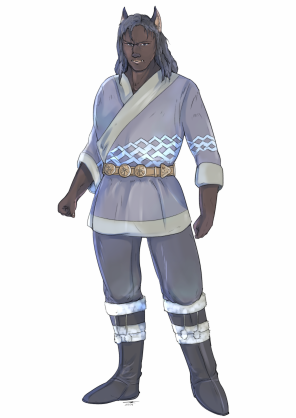 Splitting River
Splitting River
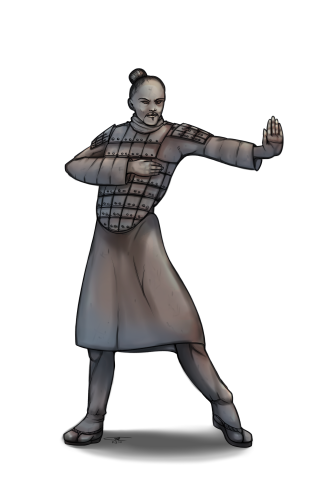 Jutsu represents a set of focused training in a category of melee instruments. Jutsu follows all the rules of Fighting skill but uses rules as if the Skill Specialization setting rule was in place. When a character uses a weapon not encompassed within a Jutsu skill known he suffers a -2 penalty. Unlike Skill Specialization, each time a hero wishes to learn a new category through an Advance, it is counted as learning a new skill. Meaning, each Jutsu group is considered a separate skill.
Jutsu represents a set of focused training in a category of melee instruments. Jutsu follows all the rules of Fighting skill but uses rules as if the Skill Specialization setting rule was in place. When a character uses a weapon not encompassed within a Jutsu skill known he suffers a -2 penalty. Unlike Skill Specialization, each time a hero wishes to learn a new category through an Advance, it is counted as learning a new skill. Meaning, each Jutsu group is considered a separate skill.
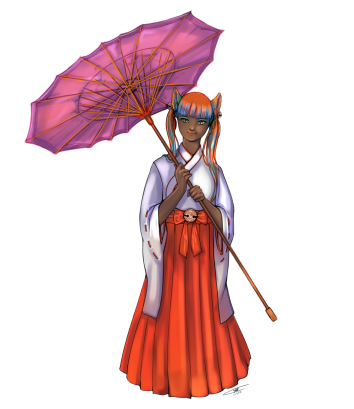 capricious, and vain, nekomimi are creatures dedicated to exploration of luck in all its forms like their yokai antecedents. To truly understand them, one has to know they consider luck to be a living, sapient cosmic force (much like Chi). It is capricious and unpredictable, twisting events and coincidences according to its whims, sentiments, and desires. A nekomimi life is shaped by this understanding—they know the well deserved fruits of hard work can be taken away in a blink of an eye, the lazy can prosper, and the true love can be found and lost on the same night. This sense of impermanence and undeserved consequences of life makes nekomimi either detached and distanced from the life or passionately grasping the life as it comes.
capricious, and vain, nekomimi are creatures dedicated to exploration of luck in all its forms like their yokai antecedents. To truly understand them, one has to know they consider luck to be a living, sapient cosmic force (much like Chi). It is capricious and unpredictable, twisting events and coincidences according to its whims, sentiments, and desires. A nekomimi life is shaped by this understanding—they know the well deserved fruits of hard work can be taken away in a blink of an eye, the lazy can prosper, and the true love can be found and lost on the same night. This sense of impermanence and undeserved consequences of life makes nekomimi either detached and distanced from the life or passionately grasping the life as it comes.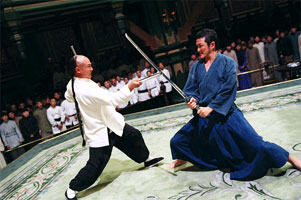
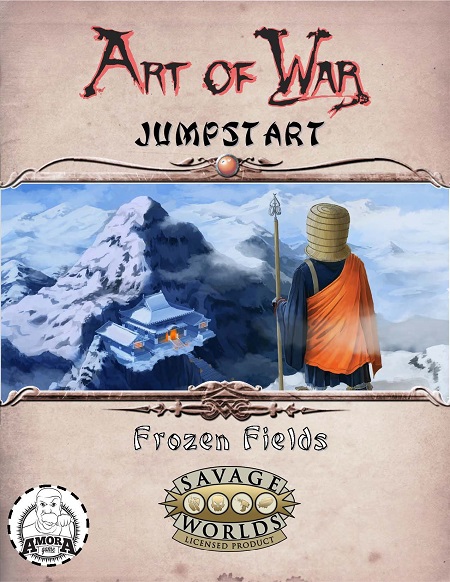 We have two kemonomimi characters, both are usagimimi.
We have two kemonomimi characters, both are usagimimi. 